14. The Wedding sequence from “Salo: The 120 Days of Sodom”
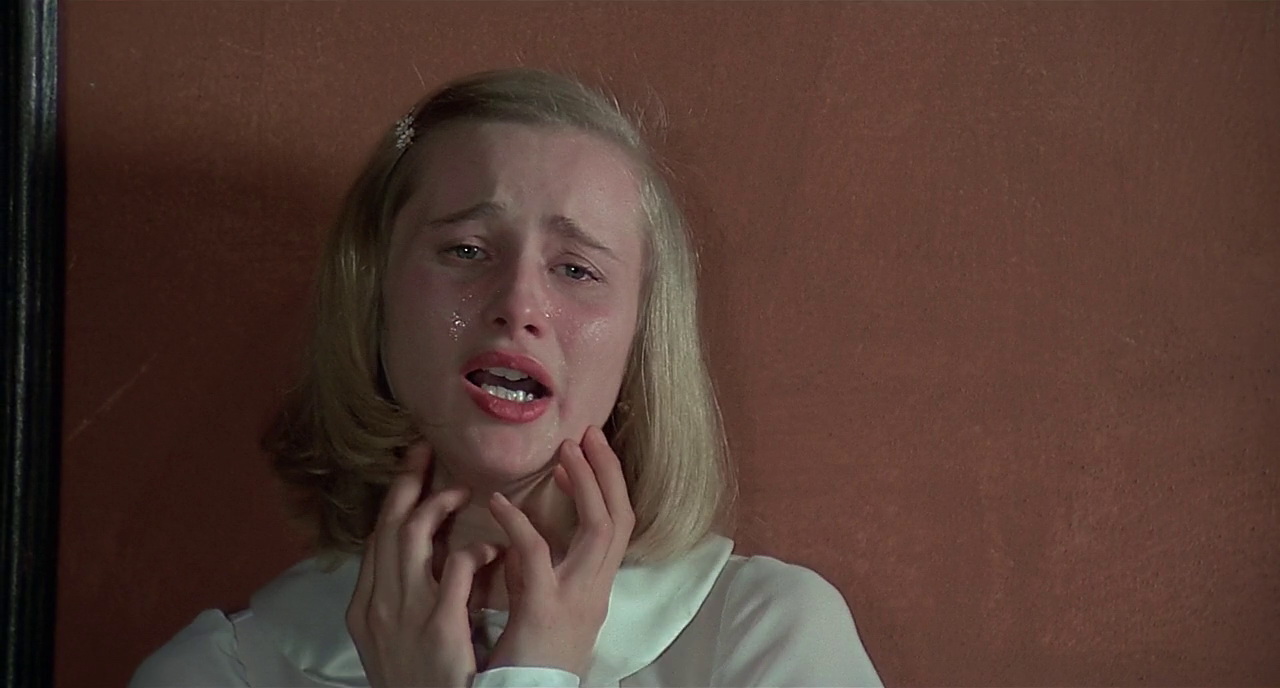
Truthfully, it is hard not to be controversial in depicting a scene in which fascist adults ceremonially wed young boys, through a wedding banquet in which the dish is feces, and then brutally consummate the marriage with sodomy. Yet, Pasolini manages to relish in the material, making it more terrifying than behold than imaginable.
Shot in the brightness of the sun, and basking in the picturesque setting of the compound, the brightness only makes the horror seem blacker and bleaker. The ceremony is horrifyingly deadpan, with the boys largely expressionless as the gleeful men have their way.
As for the fecal banquet, the cries of “mange” may well echo in one’s mind for days afterwards as many are forced to feast on the fecal matter, but others do so happily. Finally, the boys are hurried to bed by then wanton adults for consummation, and the adults are despicably joyful.
One wonders how Salo could have ever been made in any era. Yet it was; it exists. And it persists, never being forgotten. In fact, the lessons it teaches us about abuses of power have somehow become more relevant than ever. In the age of terror and political regime, and with Western political candidates becoming progressively more extreme in their message, Pasolini’s message of the damages done to us by those we seat in power deserves a viewing, even just once, regardless of how difficult it is to watch.
13. “Big black pecker” from “The Hateful Eight”
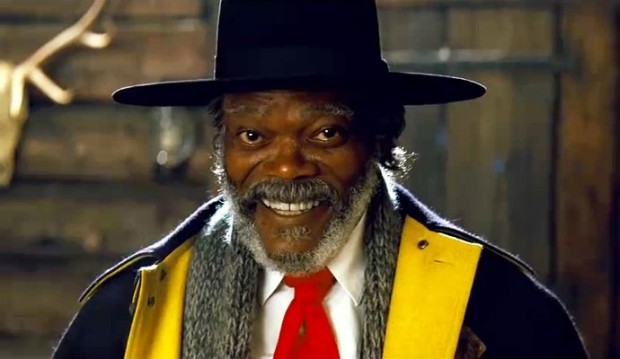
“Are you starting to get a picture in your head? Your son, big black pecker in his mouth?”
The most recent entry to this list has nonetheless thrust (unfortunate choice of words) its way into the fold on the strength of sheer absurdity. Samuel Jackson as long been the master of the cinematic uber monologue, with hyperbolic embellished dialogue being his piece de resistance. But, nothing could have prepared even the most expecting of Tarantino fans for this particular diatribe.
Responding to provocation from Bruce Dern’s General Sandy Smithers, and believing him to be in cahoots with the diabolical outlaw Daisy Domergue, Jackson’s Major Marquis Warren regales a horrified General Smithers with the tale of the day he murdered the General’s own son. The General, incensed and stricken, listens as Marquis describes how he stripped the boy naked, marched with him through the snow until he couldn’t go on any longer, and then…
Forced the General’s son to perform oral sex on him. To listen to Jackson deliver the lines, laughing gleefully and relishing every sordid detail leaves one somewhere between the realms of horror and hysterics, precisely what Tarantino intended. Of course, this provocation leads to much bloodshed between the General and Marquis, not to mention the other characters.
Interestingly, this scene serves as a kind of turning point for The Hateful Eight. Up to this point, the film is a loquacious chamber piece with little blood spilled, but from this speech onwards, the film turns fittingly gruesome. As such, the scene is an apt, vivid, and ridiculous placeholder.
12. “Is it safe?” from “Marathon Man”
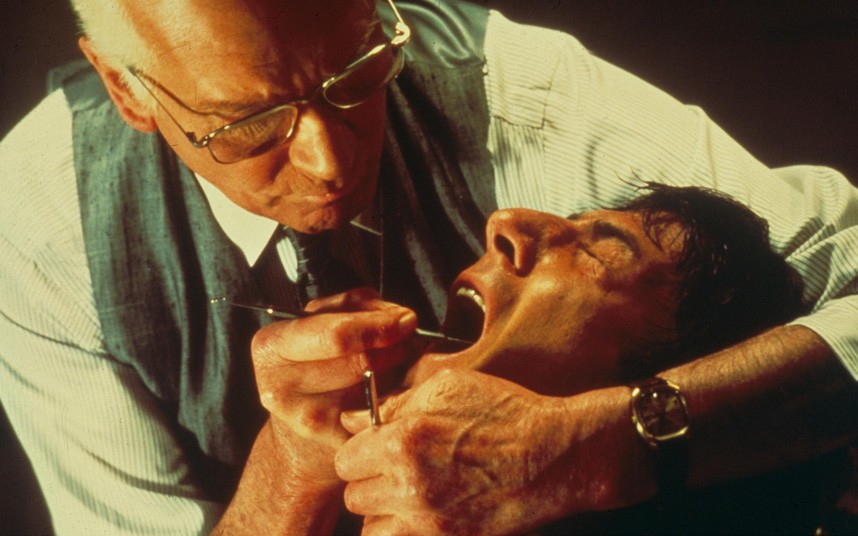
Dustin Hoffman has always taken it upon himself to portray highly neurotic characters with complex motivations. As such, his motivation in Marathon Man’s most notorious scene is as most cryptic as any of them.
Why doesn’t he simply say “it’s safe”?
Teased by a minor cavity violation with a chipping tool, followed by a soothing clove oil Lawrence Olivier’s diabolical dentist goes on to drill his way brutally into the teeth of Hoffman’s “Babe” Levy. It is every child’s nightmare visit to the dentist realised, which makes for magnificent horror fodder.
But, really, the exchange is more about a prolonged and anticipated confrontation in uncomfortably close quarters between the Nazi villain and Levy. Olivier and Hoffman interact brilliantly, their close-ups accentuate every nuance of the agony for the audience.
It is the droll sense of going about the motions from Olivier, matched with Hoffman’s quiet, restrained terror that makes the scene seem exponentially longer and more intense than it has any right to be.
11. Tunnel metaphor from “North by Northwest”
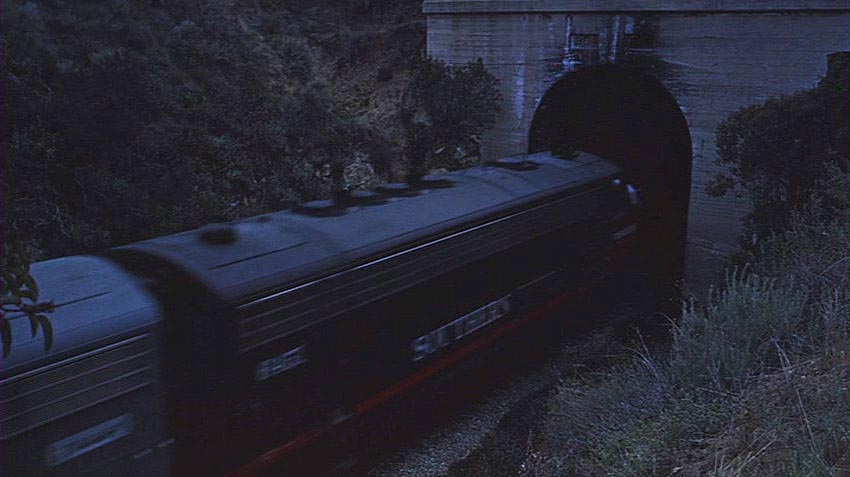
Trust Hitchcock to do outrageous right. This may seem like a the cause of a wry smile rather than the stuff of revolution to a contemporary audience. But to audiences in 1958, this indomitably Freudian flourish at the end of Hitchcock’s “North by Northwest” suggests with the force that only a stampeding locomotive can provide, a slightly more risque conclusion for its protagonists than the fay kiss and cuddle that is the tradition of classic Hollywood.
After an epic caper has lead to an action packed action climax on top of Mount Rushmore (Hitchcock is not known for toning things down), Cary Grant’s Roger and Eva Marie Saint’s Eve escape to the comfort of Berlin train as newlyweds. The conclusion on screen for the characters is rather tame sexually.
Yet, the final shot, following directly upon the couple kissing, is a rather suggestive shot of the train entering a tunnel. Suggestive of what happens next between the young newlyweds? A steamy metaphor? What would Freud say?
You decide.
10. Eating dog poop from “Pink Flamingos”
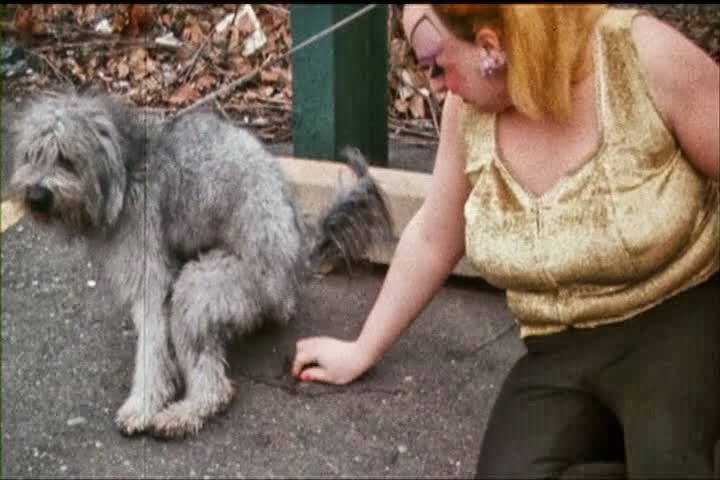
This particular scene is, beyond doubt, as hideous a scene as has ever been filmed. But then, what can you expect from “the filthiest person alive”.
The sight of drag queen Divine eating dog feces may well be amongst the most uncomfortable things you will ever watch. Her variance between in character exuberant winks and breaking character to retch stands as testimony to how hard it was for the actress herself to perform this dire task.
The film aims to conclude that Divine’s protagonist is indeed, the “filthiest person alive”, and this obscene sequence is the deal breaker, the final flurry that seeks to push this conclusion beyond the realm of argument. Mission accomplished.
Roger Ebert famously awarded Pink Flamingos zero stars, a rating he reserves for morally reprehensible films. Whether or not you perceive John Waters’ film as an anarchic attempt at fostering an American new wave, or just a despicable in joke between friends brought to reality, one thing is for certain- you won’t ever forget seeing it.
9. Buffalo Bill’s dance from “Silence of the Lambs”
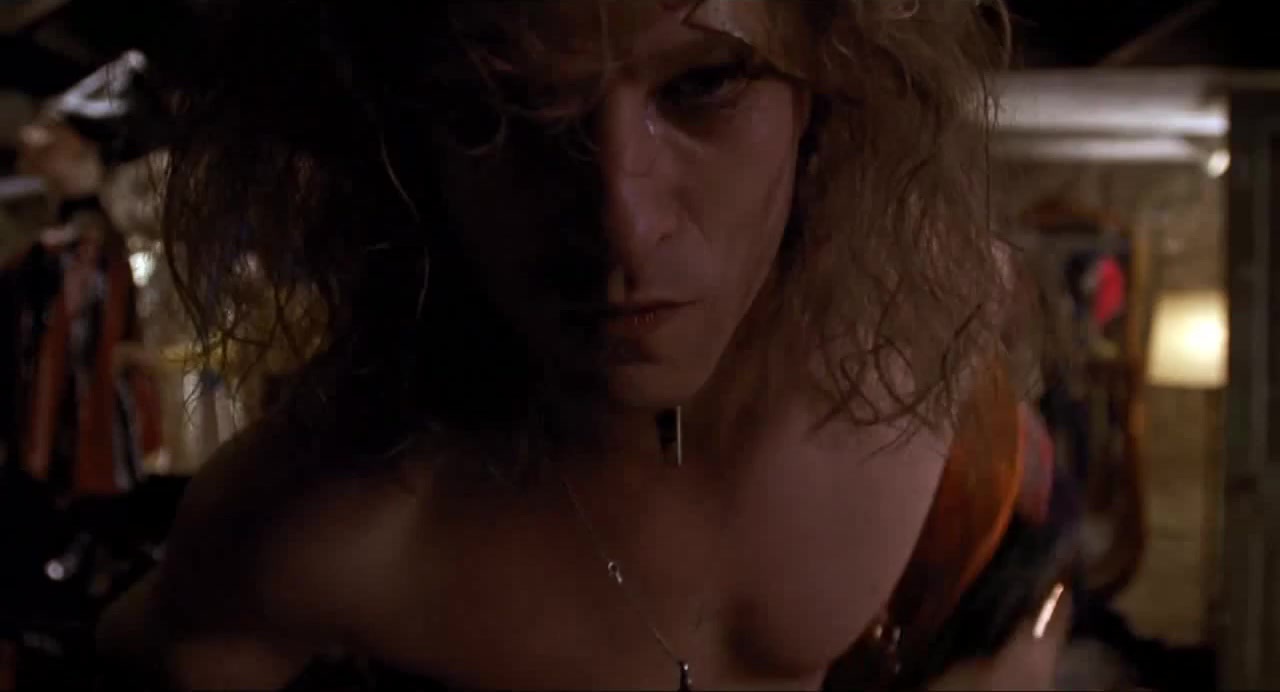
The most outrageous piece of script writing ever in a Best Picture winner? Quite possibly. Jonathan Demme’s serial killer masterpiece Silence of the Lambs certainly borrows its darkness from the novel of its source. Yet, the crudeness and sheer indulgence of its most notorious scene is willfully embellished by the film.
There are few words that can capture the strange majesty that Ted Levine brings to his character in this scene. It is too simplistic to simply say that he is being obscene. Buffalo Bill is a man twice rejected on psychological grounds for gender reassignment surgery. He is a man who longs to be a woman; this is not just indulgence for him, this is escape from his reality.
So, he dances, dances with pride. First applying lipstick, then trying dresses on for size, then finally simply gyrating his hips with a feminine flair. All of this is done whilst his male genitalia are tucked firmly between his legs. The pride carried by the character makes it hard to laugh, even with discomfort, there is almost a strange dignity to the scene.
Were it not for the killing, one would sympathise with Bill.
8. Unsimulated sex in Lars Von Trier’s “The Idiots” and “Antichrist”
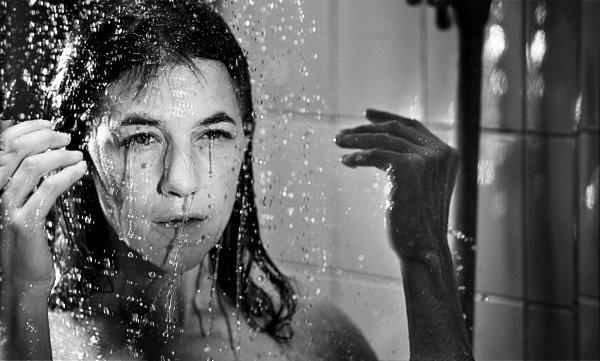
Lars Von Trier has always had a strange fixation on the issue of realism. One of the authors of the Dogme manifesto, which mandated changes to the film industry which included “genre films are not acceptable” and “the director must not receive a credit”, the manifesto also declared that a film’s title should be etched on something found at the location and held aloft before the camera, in place of a properly animated title credit.
Perhaps, then, it should come as a slightly lesser surprise that Von Trier demands unsimulated sex scenes; though not necessarily any less shocking.
Now, you may declare, “surely it’s all the same, right? You don’t actually see anything?” Sadly, no. Lars Von Trier makes sure you see everything, authenticity proven via devastating close-ups. That the actors (Willem Dafoe and Shia Labeouf included in recent years) agree to this ordeal, and that audiences endure it, are both testaments to Lars’ brilliance; that the films are somehow worth it. Though, it would be dishonest not to say that he has not had many a walkout in his day also.
Why does Lars insist on this practice? What is his purpose? To see sex as an animal act? To confront the basicity of the act? Who knows. But, as always with Von Trier, you will at least stop to consider it.